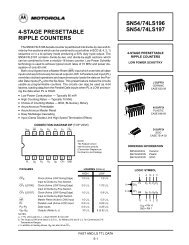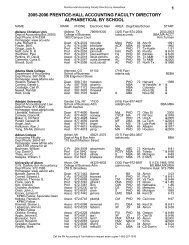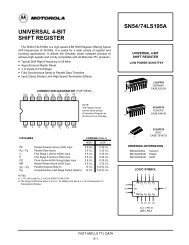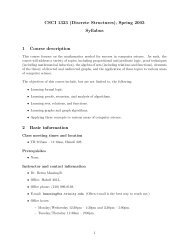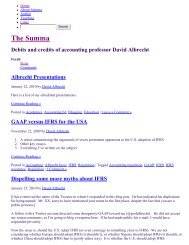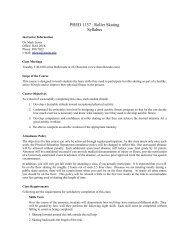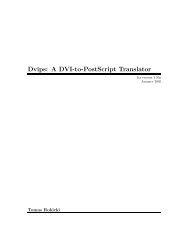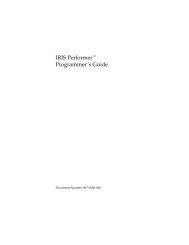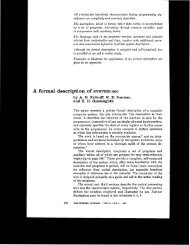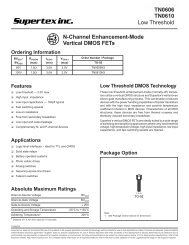fair value hedge accounting for a portfolio hedge of interest rate risk
fair value hedge accounting for a portfolio hedge of interest rate risk
fair value hedge accounting for a portfolio hedge of interest rate risk
You also want an ePaper? Increase the reach of your titles
YUMPU automatically turns print PDFs into web optimized ePapers that Google loves.
EXPOSURE DRAFT OF PROPOSED AMENDMENTS TO [DRAFT] IAS 39 AUGUST 2003<br />
attributable to period 1 have either been realised or rescheduled into<br />
other periods. CU7 is there<strong>for</strong>e derecognised from the balance sheet<br />
and recognised in pr<strong>of</strong>it or loss. CU8 and CU10 are now attributable to<br />
periods 1 and 2 respectively. All three periods are then adjusted, as<br />
necessary, <strong>for</strong> changes in <strong>fair</strong> <strong>value</strong> as described in paragraph A36.<br />
A39. In addition to expected prepayments and maturities, assets<br />
(or liabilities) contained in the <strong>hedge</strong>d <strong>portfolio</strong> may be derecognised<br />
<strong>for</strong> other reasons, eg because they are repaid other than as expected, are<br />
sold, or become impaired. When derecognition occurs, any amount<br />
included in the sepa<strong>rate</strong> line item referred to in paragraph A26(f) that<br />
relates to those items shall similarly be removed from the balance sheet<br />
and included in the gain or loss that is recognised on their derecognition.<br />
For this purpose, it is necessary to know the maturity time period(s) into<br />
which the derecognised item was scheduled, because this determines<br />
the maturity time period(s) from which to remove it and hence the<br />
amount to remove from the sepa<strong>rate</strong> line item referred to in paragraph<br />
A26(f). For example, when a loan is derecognised, if it can be<br />
determined in which time period it was included, it is removed from that<br />
time period; if not, it is removed from the earliest available time period.<br />
A40. As an illustration <strong>of</strong> the requirements <strong>of</strong> the previous two paragraphs,<br />
assume that an entity scheduled assets by allocating a percentage <strong>of</strong> the<br />
group into each maturity time period. Assume also that it scheduled<br />
CU100 into each <strong>of</strong> the first two time periods. When the first maturity<br />
time period expires, CU110 <strong>of</strong> assets are derecognised (because <strong>of</strong><br />
expected repayments, unexpected repayments, impairment and sales).<br />
In this case, all <strong>of</strong> the amount contained in the sepa<strong>rate</strong> line item referred<br />
to in paragraph A26(f) that relates to the first time period is removed<br />
from the balance sheet, plus 10 per cent <strong>of</strong> the amount that relates to the<br />
second time period.<br />
© Copyright IASCF 16




